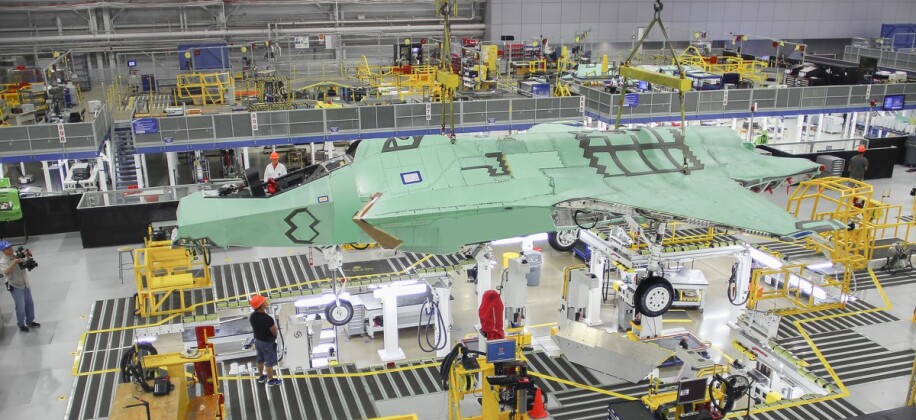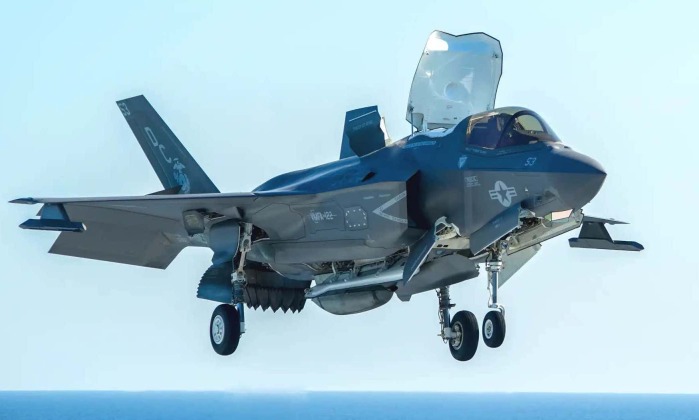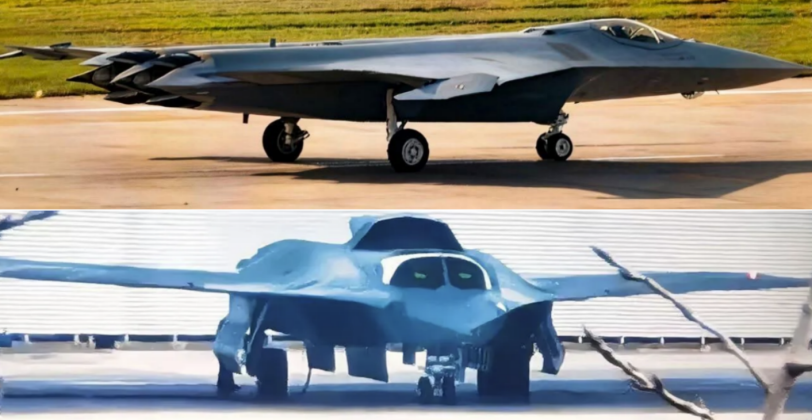News
World’s Largest Fighter Production Deal Reached: 296 More F-35s Financed Under New $24.3 Billion Agreement
A new deal between the F-35 Joint Program Office and the fighter program’s primary contractor Lockheed Martin has laid out terms for the production of the next 296 fighters under Lot 18 and Lot 19, for a total cost of $24.29 billion. Although the average cost across all three variants stands at just $82.4 million, the deal notably does not include the costs of the aircraft’s F135 engines which are by far the most costly in production for any fighter type int he world. The most widely used F-35A variant notably used to cost under $80 million including its engine, with the costs for fighters built under Lot 13 agreed on in late 2019 seeing the price fall to $79.2 million per aircraft, before falling to $77.9 million the following year. Nevertheless, in real terms the F-35 has continued to become less expensive despite becoming more complex, with a Lockheed Martin spokesman noting that the “increase in price per jet in Lot 18-19 from previous years was less than the rate of inflation.”

Further elaborating on the costs of the new fighters, a Joint Program Office spokesman observed that although “unit recurring flyaway costs increased; however, [the] total settlement price is beneath relevant inflation indices increases.” He further added that the “cost per aircraft varies as a function of quantity, variant mix, and economic forces.” He stressed that the global economy had “has experienced significant inflationary pressures since the Lot 15-17 contract was signed. Nevertheless, the F-35 Joint Program Office and Lockheed Martin arrived at a cost per air vehicle below the relevant inflation indices, underscoring the F-35 enterprise’s commitment to control costs. Adjusted for inflation, the cost per air vehicle is consistent with the cost of those in Lot 15-17.” A surge in inflation rates from 2020 has made the cost of the F-35 appear to rise considerably.

The latest production lots have seen a growing portion of F-35s allocated to equip foreign clients, with just 69 of the 134 fighters produced under Lot 19 gong to the U.S. Armed Forces, including 40 F-35As for the Air Force, 12 F-35Bs and eight F-35Cs for the Marine Corps, and nine F-35Cs for the Navy. The Air Force in the early 2010s planned to procure 110 F-35As per year, before cutting this to 80, 60, 48, and finally just 40, although a rise to around 48 remains possible. The possibility of further cuts for Fiscal Year 2026 to procure just 24 F-35As was also raised as a possibility by the U.S. Department of Defence, as a result of extreme budgetary strains as the sixth generation F-47, enhanced fourth generation F-15EX, and programs such as the Sentinel intercontinental range ballistic missile and B-21 bomber all competed for limited funding.

The possibility has been raised repeatedly by Lockheed Martin and by analysts that the F-35 could receive considerably greater investment should the F-47 or the Navy’s F/A-XX programs suffer delays. Such delays would place pressure on the Western world’s only fifth generation fighter which has the potential to incorporate significant upgrades including many sixth generation technologies, such as the integration of clean sheet adaptive cycle engines to replace the F135. A heavily enhanced new F-35 variant is expected to cost close to twice what current variants do, but still a fraction as much as the projected costs of sixth generation fighters. Nevertheless, China’s unveiling of two new sixth generation fighters in 2024 already at flight prototype stages directly caused a fall in Lockheed Martin’s stock value, as a significant possibility was raised that the F-35 could be far outmatched in its air-to-air capabilities from the early 2030s.












